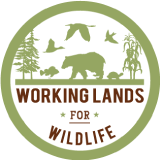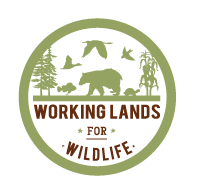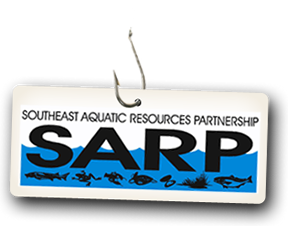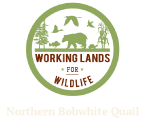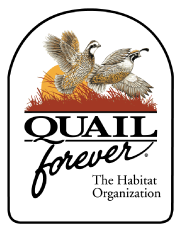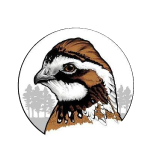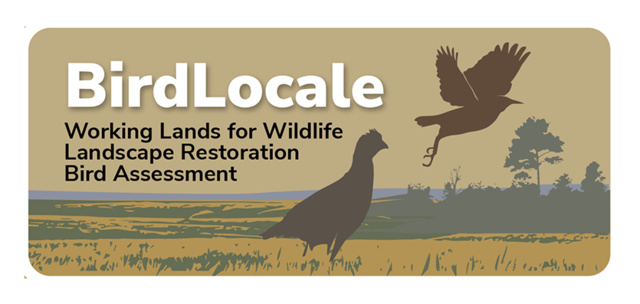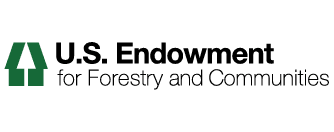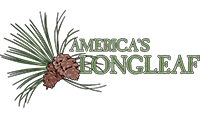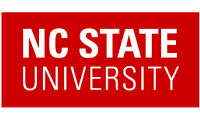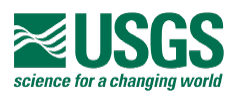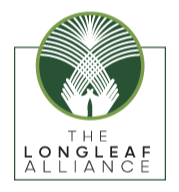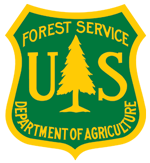NRCS Conservation Practices and Materials
Integrating multiple data sources with species distribution models to estimate the distribution and abundance of northern bobwhite (Colinus virginianus) in the United States
Our study provides an important example of how datasets collected at different spatial scales under different observation protocols can be integrated via SDMs to improve abundance-based modeling and correct for weaknesses of individual datasets. Our modeling framework provides regional estimates of the drivers of bobwhite abundance and range-wide estimates of abundance for guiding both local and range-wide bobwhite conservation.
Breakfast with Biologists July 24, 2025
Featured speakers from Ducks Unlimited, New Jersey Audubon, Quail & Pheasants Forever, Xerces Society, and the U.S. Fish & Wildlife Service will discuss NRCS programs and funding opportunities for upland and wetland habitat restoration, enhancement, and creation projects
NRCS Working Lands for Wildlife Presents: Breakfast With Biologists-July 24th 2025
Learn about NRCS programs and funding opportunities for pollinator, upland, and wetland habitat restoration, enhancement, and creation.
Landscape Partnership Newsletter-WLFW SE FireMap 2.0: WLFW Science to Solutions Posted
WLFW news brief.
New “Bobscapes” Mobile App Helps Establish National Bobwhite Database
Although the bobwhite is one of the most researched birds in the country and perhaps the world, scientists still don’t have a solid understanding of the quail’s population distribution across its range. To help alleviate this problem, NRCS has been working with Quail Forever and the University of Georgia Gamebird and Managed Ecosystems Lab as part of the Working Lands for Wildlife – Northern Bobwhite Quail Partnership to develop a new mobile app called Bobscapes
Healthy Sagebrush Communities Poster
Restricted to 5 copies outside of NRCS. This one-sided 32X21 hand-drawn Healthy Sagebrush Communities poster showcases how locally led, partnership-based, science-driven efforts can make great strides in conserving at-risk wildlife and America’s western rangelands. The threats, outcomes, data, and solution highlighted on the poster are derived from 15 years of research and conservation on the ground through NRCS’ Working Lands for Wildlife and its Sage Grouse Initiative. It shows the connections between people, the land, wildlife, conservation, science, and rural economies for a healthy sagebrush ecosystem. Enhancing private lands where sagebrush habitat is intact and sage grouse numbers are highest benefits agricultural producers and 350 other species that depend on it.
WLFW Newsletter May 2025
FREE Healthy Sagebrush Communities Poster Now Available | NRCS Turns 90 | Grassland Videos
SWAT Model Data
Data required to run SWAT model described in NRCS Final Report: Clinch Powell Holston
Statement of Work: Evaluating Efficacy of Agricultural BMPs in the Upper Clinch, Powell, and Holston River Drainages
STATEMENT OF WORK FOR COOPERATIVE AGREEMENT 68-3A75-18- VIRGINIA POLYTECHNIC INSTITUTE AND STATE UNIVERSITY
Written Dissertation: Using an interdisciplinary approach to improve efficacy of agricultural conservation practices for protecting stream health
Dissertation submitted to the faculty of the Virginia Polytechnic Institute and State University in partial fulfillment of the requirements for the degree of Doctor of Philosophy In Fisheries and Wildlife Sciences, 2024
Maximizing the Water Quality Benefits of Wetlands in Croplands
Conservation Effects Assessment Project (CEAP) Conservation Insight
Storage and Release of Water in Coastal Plain Wetlandscapes
Conservation Effects Assessment Project (CEAP) Conservation Insight
NRCS Working Lands for Wildlife Presents: Breakfast With Biologists-March 27th 2025
Woodstown, NJ – Quail Forever, in partnership with Ducks Unlimited and the New Jersey Audubon Society, will cohost an informational outreach event for landowners on Friday, March 27th, from 7:00 am to 9 am at the Woodstown Diner. The event aims to provide landowners with valuable information on habitat restoration and wildlife conservation efforts available to them.
NRCS Targeted Monarch Butterfly Effort
NRCS map of the targeted Monarch Butterfly effort: click to expand
ANCHOR: An Opportunity to Change Landscape Connectivity Networks and Conservation Delivery At-Scale in the U.S.
Abstract: Connectivity modeling has been a tool available to the conservation community since the 1980s that guides our responses to habitat fragmentation. While the sophistication of computer modeling continues to grow, on-the-ground delivery remains challenging and lacks urgency. We present an approach to scale up delivery and do so within effective timeframes. The approach, termed ANCHOR (Areawide Networks to Connect Habitat and Optimize Resiliency), is grounded in connectivity science but executed in a manner that is flexible, expandable, and measurable. ANCHOR goes beyond the traditional protected area focus for establishing connected biomes to maximize the contributions of existing public lands and expand private landowner participation. The approach is applied using an umbrella species to represent a faunal group and/or multiple taxa to deliver co-benefits of landscape connectivity. Public lands receive connectivity rankings that are then used to engage potential connectivity partners who commit land units and collectively monitor improvements in habitat quality and landscape resiliency. The ANCHOR approach can guide unprecedented participation across agencies and departments to create public lands networks, while private and corporate lands establish landscape connections. To illustrate the approach, we present an example of native grasslands conservation in the central and eastern U.S. and an emerging partnership with the Department of Defense.
